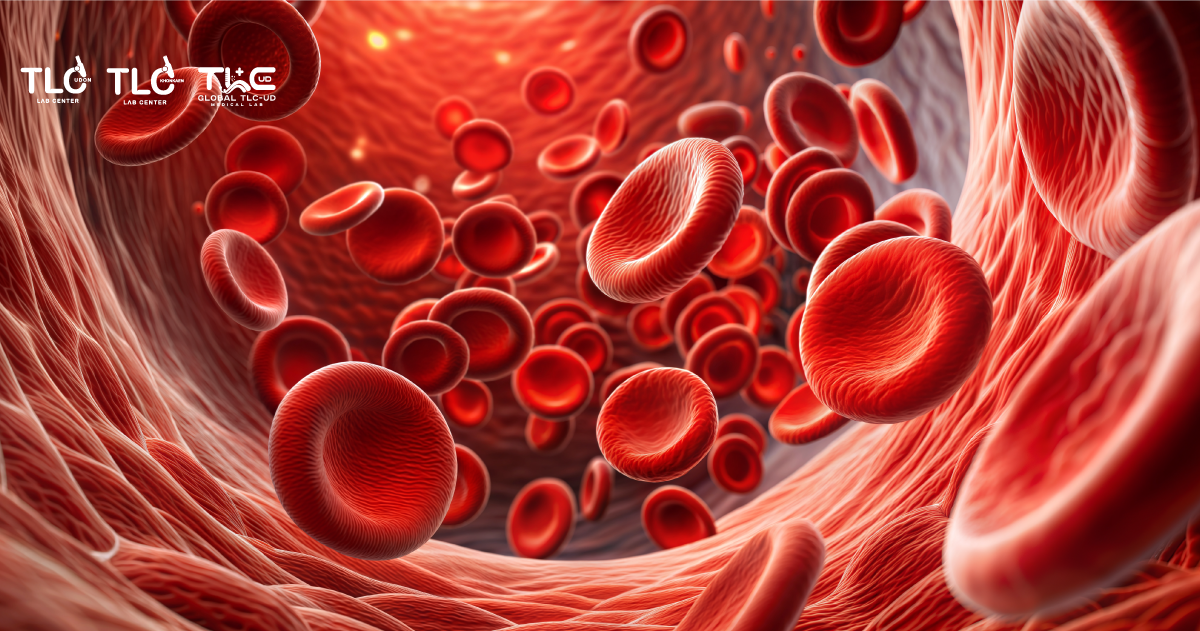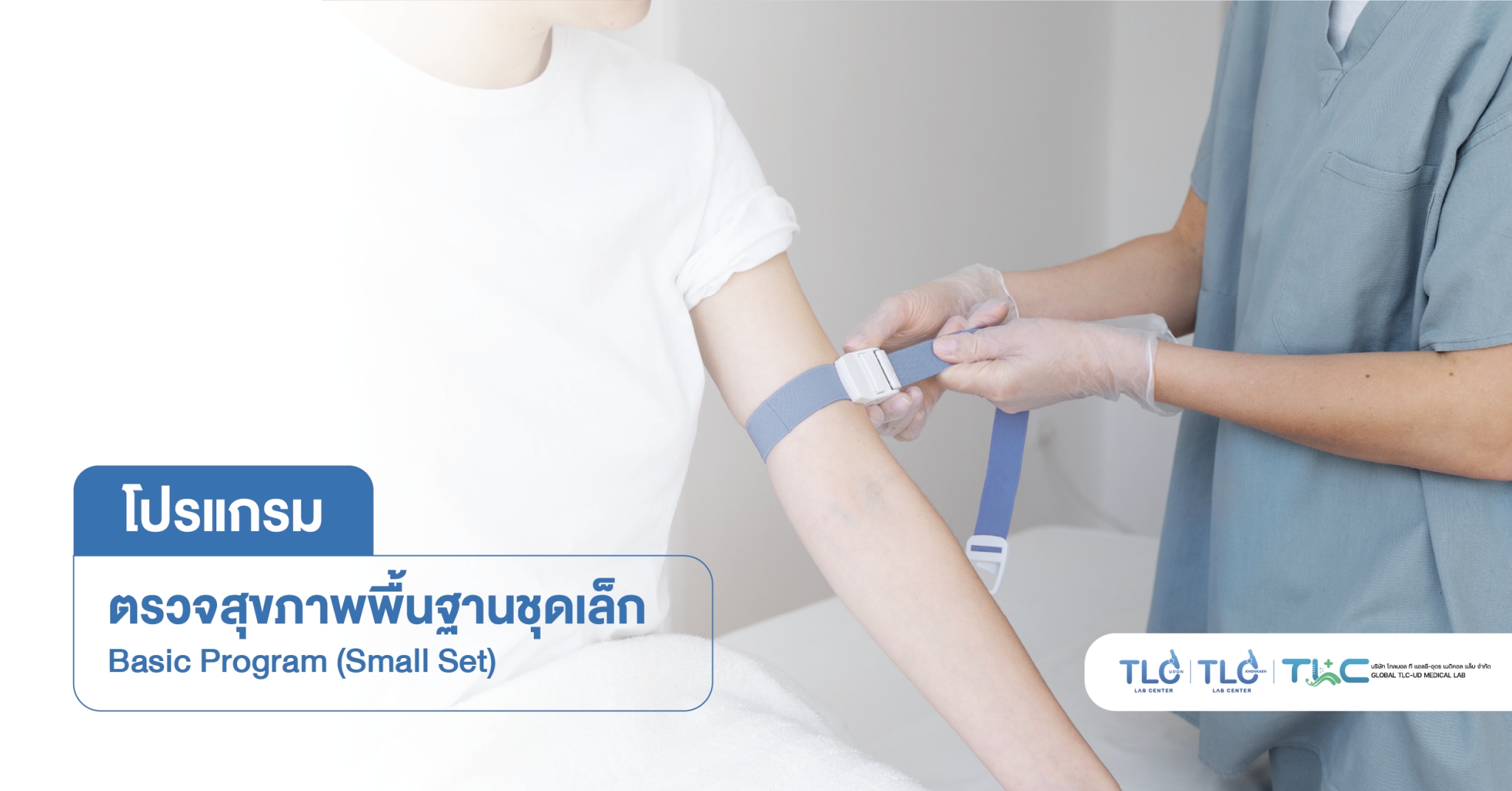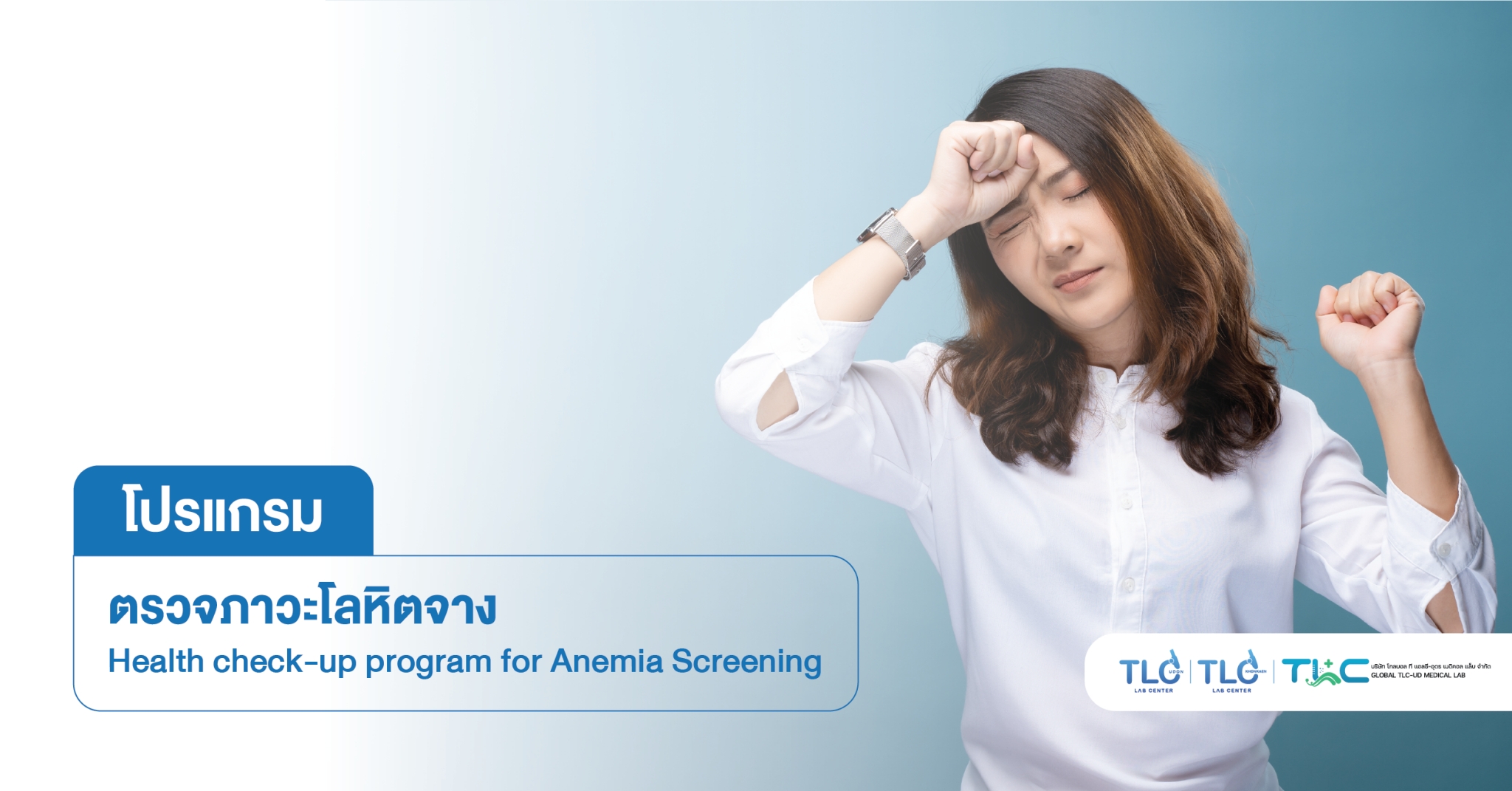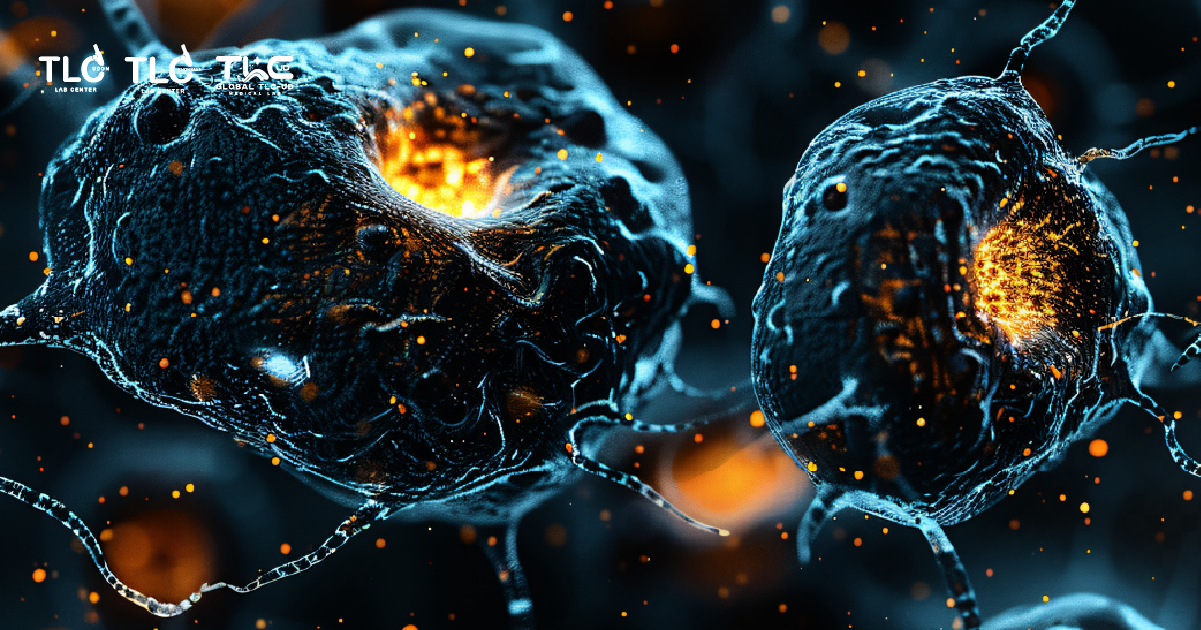What are Platelets (Platelet; PLT)?
Platelets (PLT or Thrombocyte) are the smallest blood cells. Platelets are responsible for blood clotting. Platelets are made from bone marrow like other types of blood cells, and they live in the bloodstream for about 8-9 days.
The interpretation of the various parameters of platelets is as follows:
Platelet count
Platelet count is the amount of platelets counted from a blood sample of the person being tested.
* The reference range is approximately 150,000 – 450,000 cell/mm3 (or cell/microliter, which is the same value).
If the platelet count is low, it is called thrombocytopenia, causing bleeding problems and then difficult to stop. Petechia, small blood clots (purpura), and large blood clots (ecchymosis) appear on the skin.
The causes of thrombocytopenia are very diverse. Such as:
- Pregnant people (Pregnancy)
- Splenomegaly
- Thyrtic thrombocytopenia caused by immunity Immune thrombocytopenic purpura or Idiopathic thrombocytopenic purpura or ITP)
- Results from taking certain medications such as Paracetamol, Sulpha, Heparin
- Cirrhosis
- Severe bloodstream infection (sepsis)
- Certain viral infections such as infectious mononucleosis, measles, and viral hepatitis.
- Received chemotherapy or radiation therapy, bone marrow disorders such as myelodysplasia and aplastic anemia
- Leukaemia
- Lymphoma, etc.
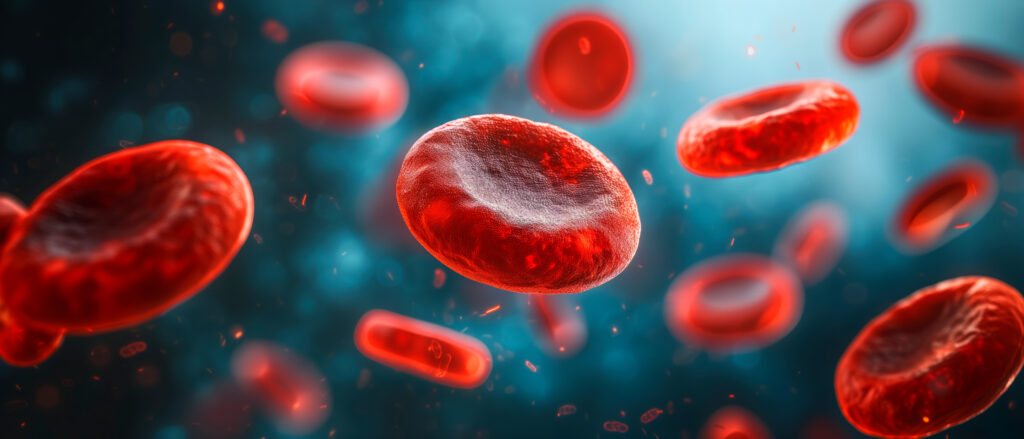
If the platelet count is high, it is called thrombocytosis, which can cause abnormal blood clotting problems in the blood vessels.
There are many causes of thrombocythemia, such as:
- Myeloproliferative disorder, such as essential thrombocytosis.
- Cancer, such as lung cancer. Gastrointestinal cancer, Breast cancer, ovarian cancer, lymphoma.
- Iron deficiency anaemia.
- Haemolytic anaemia.
- Chronic inflammatory conditions such as lupus, rheumatoid arthritis, inflammatory bowel disease, etc.
Platelet morphology
In addition to the platelet count test, the results of platelet counting are reported from microscopic viewing of stained blood droplets on a slide sheet. Peripheral blood smear is counted to look at the number, size, and shape of platelets. If an abnormality is found, the abnormality will be reported.
Clumping is an abnormality caused by mistakes in preparing blood samples. The solution is to draw blood for a new test, which may use a blood collection tube mixed with other anticoagulants such as citrate or heparin to reduce the chance of clotting.
Giant platelets are found in abnormally large platelets, which may be as large as the size of red blood cells. This type of abnormal platelet is usually found in people with thrombocytopenia for some causes, such as thrombocytopenia caused by immunity. Immune thrombocytopenic purpura or Idiopathic thrombocytopenic purpura (ITP), etc.
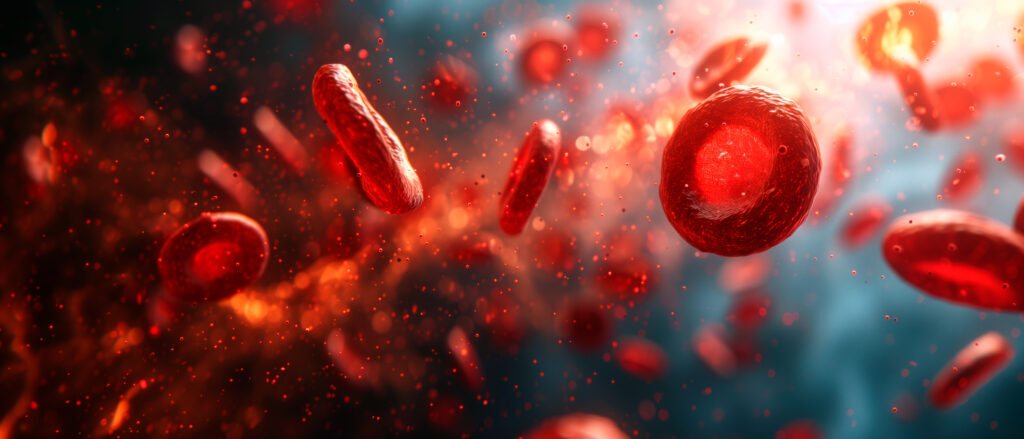
References:
- Ceelie H, Dinkelaar RB, van Gelder W. Examination of peripheral blood films using automated microscopy; evaluation of Diffmaster Octavia and Cellavision DM96. J Clin Pathol 2007;60(1):72-9.
- Constantino BT. Reporting and grading of abnormal red blood cell morphology. Int J Lab Hematol 2015;37(1):1-7.
- Curry CV. Medscape – Differential blood count [Internet]. 2015 [cited 2017 Apr 16]. Available from:[emedicine.medscape.com]
- Lab Tests Online. Complete blood count (CBC) [Internet]. 2017 [cited 2017 Apr 16]. Available from: [testing.com]
- Mayo Clinic. Complete blood count (CBC) [Internet]. 2016 [cited 2017 Apr 16]. Available from: [mayoclinic.org].
- Tidy C. Patient – Peripheral blood film [Internet]. 2016 [cited 2017 Apr 20]. Available from: [patient.info]
- Thompson EG, O’Donnell J. WebMD – Complete blood count (CBC) [Internet]. 2015 [cited 2017 Apr 16]. Available from: [webmd.com]
- World Health Organization (WHO). The global prevalence of anaemia in 2011. Geneva: WHO; 2015.

